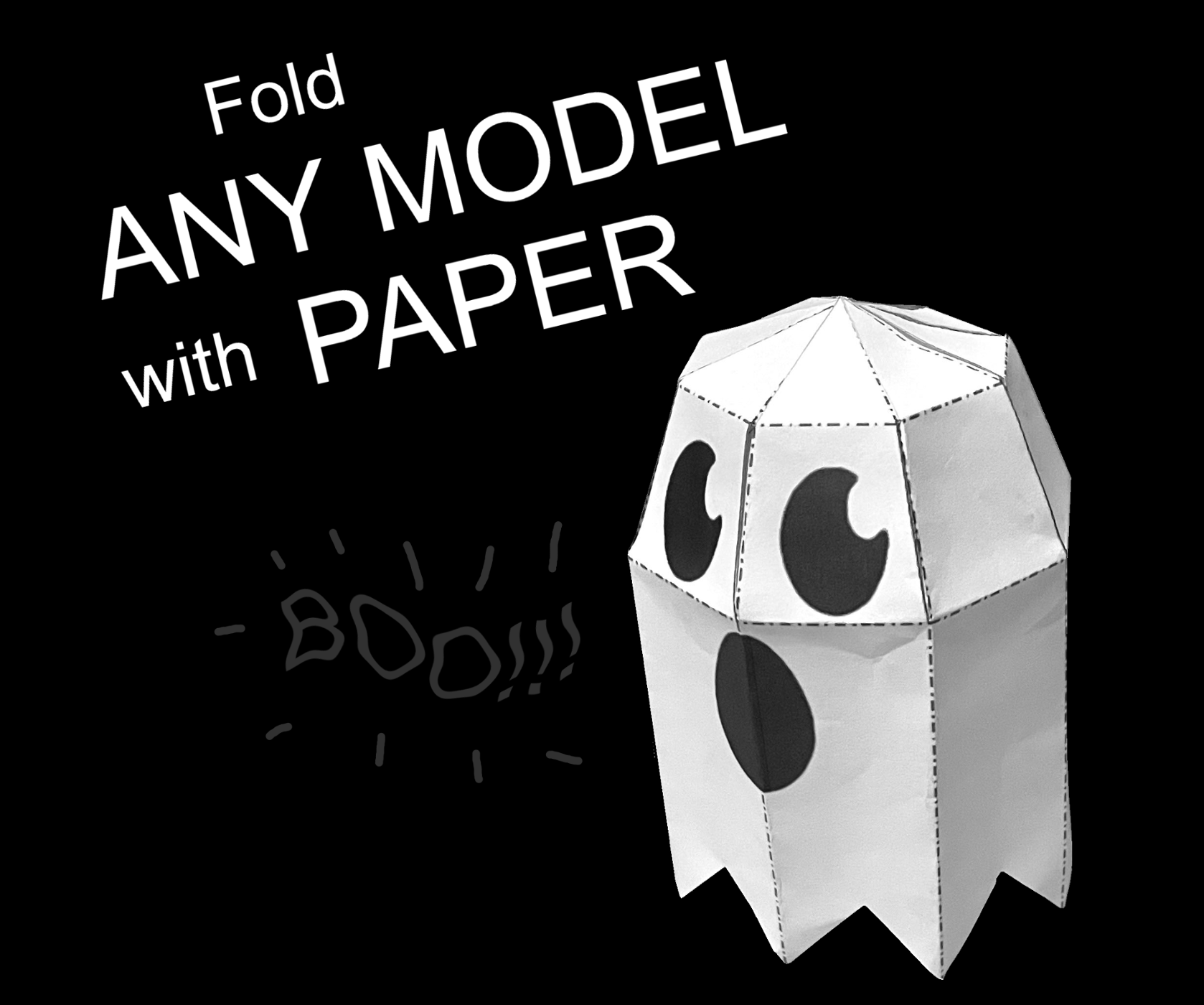ELEGOO Mercury Plus V3.0 Wash and Cure Station, 7.5 L Large Capacity, Compatible with Mars Saturn Photon Halot MSLA LCD DLP 3D Printers
$159.99 (as of June 18, 2025 23:32 GMT +00:00 - More infoProduct prices and availability are accurate as of the date/time indicated and are subject to change. Any price and availability information displayed on [relevant Amazon Site(s), as applicable] at the time of purchase will apply to the purchase of this product.)Introducing BASF Ultrafuse 316L – a game-changing metal composite filament for 3D printing. Developed by BASF 3D Printing Solutions, this innovative material allows for the safe and cost-effective production of fully metal parts, including prototypes, small series, metal tooling, and functional metal parts. The process is simple and efficient, and after debinding and sintering, the final 3D printed parts are made of 316L stainless steel. In this tutorial video by BASF, Dave from Mater Hackers walks you through the key considerations for successful printing with Ultrafuse 316L. From designing for additive manufacturing to ensuring the right print settings, he provides valuable tips and insights to help you achieve the best results with this metal composite filament. Whether you’re already using a desktop 3D printer or looking to enhance the strength and durability of your metal parts, this tutorial is a must-watch for anyone interested in easy and affordable metal 3D printing.

1. Introduction
In this tutorial, we will explore the BASF Ultrafuse 316L, an innovative metal-polymer composite filament designed for Fused Filament Fabrication (FFF) 3D printing. This material enables the production of fully metal parts for prototypes, small series, metal tooling, and functional metal parts in a simple and cost-efficient manner. After the industry-standard debinding and sintering process, the final 3D printed part is made of 316L stainless steel. We will delve into the benefits of 3D printing with metal composite filament, design considerations for additive manufacturing, required hardware, print settings, cleaning and preparation of green parts, and the D-binding and sintering process.
2. Overview of BASF Ultrafuse 316L
BASF Ultrafuse 316L is a metal-polymer composite filament developed by BASF 3D Printing Solutions. It is specifically designed to produce metal components made of actual stainless steel Type 316L using standard 3D printing processes. This material offers an easy, fast, and affordable solution for businesses and engineers looking to create strong and durable metal parts using traditional manufacturing methods like CNC milling or metal injection molding. With Ultrafuse 316L, 3D printing and metal injection molding join forces to introduce metal 3D printing to the desktop market, offering a cost-effective alternative to traditional manufacturing methods.
3. Benefits of 3D Printing with Metal Composite Filament
Using metal composite filament for 3D printing offers several benefits. Firstly, it allows for the production of fully metal parts, providing strength and durability that surpasses plastic parts. This is particularly advantageous for applications that require high-performance and resistant materials. Secondly, 3D printing with metal composite filament provides a cost-efficient solution in comparison to traditional manufacturing methods, which involve setup costs and time-consuming processes. By utilizing existing 3D printers, businesses and engineers can rapidly create prototype or production metal parts without incurring additional setup or tooling costs. Lastly, metal composite filament opens up possibilities for complex and intricate designs that may not be achievable through other manufacturing methods, giving greater flexibility and freedom in the design process.
4. Design Considerations for Additive Manufacturing
When designing parts for additive manufacturing using metal composite filament, there are several important considerations to keep in mind.
4.1 Designing for 3D Printing
Designing for 3D printing requires a different approach compared to traditional manufacturing methods. It is crucial to understand the capabilities and limitations of the 3D printing process and design accordingly. Consider factors such as layer adhesion, printability, and support structures while designing the part.
4.2 Part Orientation and Flat Surfaces
To ensure successful 3D printing, it is essential to orient the part correctly on the printer bed. One side of the part should be flat to ensure proper adhesion to the bed surface and minimize the risk of warping during the printing process.
4.3 Aspect Ratio and Stability
Designing parts with a high width to height aspect ratio is beneficial for stability during the subsequent debinding and sintering process. Wide designs, resembling pancakes rather than towers, tend to be more successful and have a higher chance of going through the centering process intact.
4.4 Homogeneous Design and Avoiding Thin Walls
To avoid issues during the sintering process, it is important to design parts with generally homogeneous features. Drastic variations in part thickness should be avoided, and a minimum wall thickness of 1.5 millimeters is recommended. This helps prevent thin walls from becoming fragile or laminating during the sintering process.
4.5 Overhangs and Build Volume
For best results, overhangs should have an angle of 50 degrees or steeper. This prevents the material from sagging during the centering process. Additionally, it is important to ensure that the parts fit within the specified build volume of 100 cubic millimeters to avoid any printing issues.

5. Scaling and Model Preparation
Before printing with Ultrafuse 316L filament, it is necessary to consider the shrinkage that occurs during the subsequent debinding and sintering process. Scaling the model appropriately will ensure that the final part matches the desired dimensions. Proper scaling is crucial to achieve accurate and reliable results.
6. Required Hardware for Printing with Ultrafuse 316L
To successfully print with Ultrafuse 316L filament, specific hardware components are necessary.
6.1 Heated Bed and Bed Adhesive
A heated bed capable of reaching temperatures between 100 and 120 degrees Celsius is required to ensure proper adhesion of the filament to the bed surface. Additionally, using a glass bed with captain tape or dyma fix bed adhesive further improves bed adhesion and minimizes the risk of warping.
6.2 Hardened Steel Nozzle
To handle the metal composite filament effectively, a hardened steel nozzle is recommended. This type of nozzle is more resistant to wear and tear and provides better filament flow and extrusion.

7. Print Settings for Ultrafuse 316L Filament
Achieving the optimal print settings for Ultrafuse 316L filament is crucial to ensure high-quality prints. Several parameters should be considered.
7.1 Temperature Settings
The heated bed temperature should be set between 100 and 120 degrees Celsius to promote proper adhesion. The hot end temperature should range from 230 to 250 degrees Celsius, ensuring efficient melting and extrusion of the filament.
7.2 Layer Height and Print Speed
For better part quality and higher material density, a layer height as small as possible is recommended, starting at 0.1 mm. Print speeds between 15 and 40 millimeters per second are ideal, although adjustments can be made based on specific requirements.
7.3 Infill Percentage
To maximize strength and durability, setting the infill percentage to 100 is recommended. This ensures a solid internal structure for the printed part.
8. Cleaning and Preparation of Green Parts
After the 3D printing process, the resulting part is referred to as a green part. It is important to clean and prepare these green parts properly before proceeding to the subsequent debinding and sintering process.
8.1 Removing Brims and Artifacts
Green parts may have brims and artifacts resulting from the printing process. These should be removed using a razor blade, deburr tool, or small file set. It is crucial to clean up the green parts thoroughly while they are still relatively soft and easy to work with.
8.2 Surface Sanding and Flat Lapping
If any warping occurred during the 3D printing process, now is the time to sand the surface and make it flat. Flat lapping the bottom surface of the green part improves dimensional stability and ensures greater feature accuracy during the subsequent steps.
8.3 Removing Contaminants
Before proceeding to the debinding and sintering process, it is important to remove any contaminants such as oils, fingerprints, and bed adhesives from the green parts. These contaminants can negatively impact the success of the subsequent processes and should be thoroughly cleaned.
9. D-Binding and Sintering Process
After the green parts have been cleaned and prepared, they are ready for the debinding and sintering processes, which transform them into fully metal stainless steel 316L parts.
9.1 BASF’s D-Binding and Sintering Services
To make the entire process easy and efficient, BASF 3D Printing Solutions, in collaboration with their distribution partners, offer D-binding and sintering services. These services ensure professional handling and rapid processing of the green parts. By packaging up the parts and sending them to BASF’s recommended facilities, customers can expect fully D-bound and sintered metal parts in a relatively short turnaround time.
9.2 Packaging and Sending Parts
When packaging the green parts for D-binding and sintering, it is essential to ensure proper protection during transportation. Follow the guidelines provided by BASF 3D Printing Solutions or their distribution partners to ensure safe and secure packaging.
9.3 Receiving Fully Sintered Metal Parts
Once the D-binding and sintering process is complete, the green parts are transformed into fully sintered metal parts. These parts can be processed further according to specific requirements. Whether it is grinding for material removal, polishing for improved aesthetics, or CNC machining for higher tolerance features, the fully sintered metal parts provide versatility and durability.
13. Conclusion
BASF Ultrafuse 316L offers a revolutionary solution for 3D printing fully metal parts in a simple and cost-efficient manner. By combining the benefits of 3D printing with metal composite filament and subsequent debinding and sintering processes, businesses and engineers can achieve high-quality metal components with strength and durability. Proper design considerations, hardware requirements, print settings, and post-processing techniques ensure optimal results and open up new possibilities for rapid prototyping and production of metal parts. With BASF’s D-binding and sintering services, the entire process becomes streamlined and accessible. By utilizing Ultrafuse 316L, businesses and manufacturers can embrace the future of additive manufacturing with confidence.
Introducing BASF Ultrafuse 316L – the perfect metal composite filament for 3D printing. This innovative product from BASF 3D Printing Solutions allows you to create fully metal parts in a safe, simple, and cost-efficient way. Whether you need prototypes, small series, metal tooling, or functional metal parts, our Ultrafuse 316L makes it easy. Follow the industry-standard debinding and sintering process, and your final 3D printed part will be made of high-quality 316L stainless steel. Discover the easiest and most affordable way to print 3D metal parts by visiting our website at http://www.basf-3dps.com or http://www.matterhackers.com.











